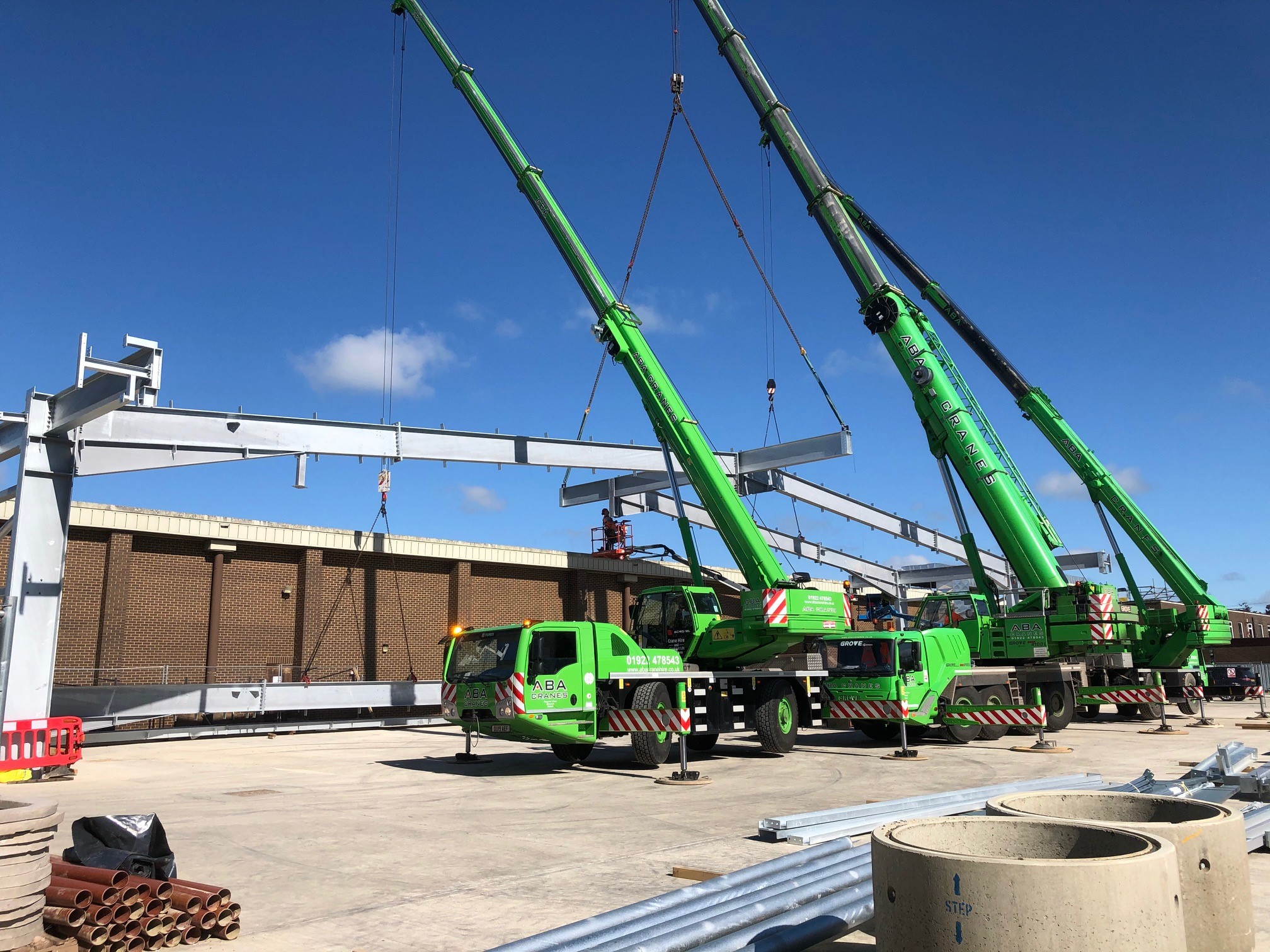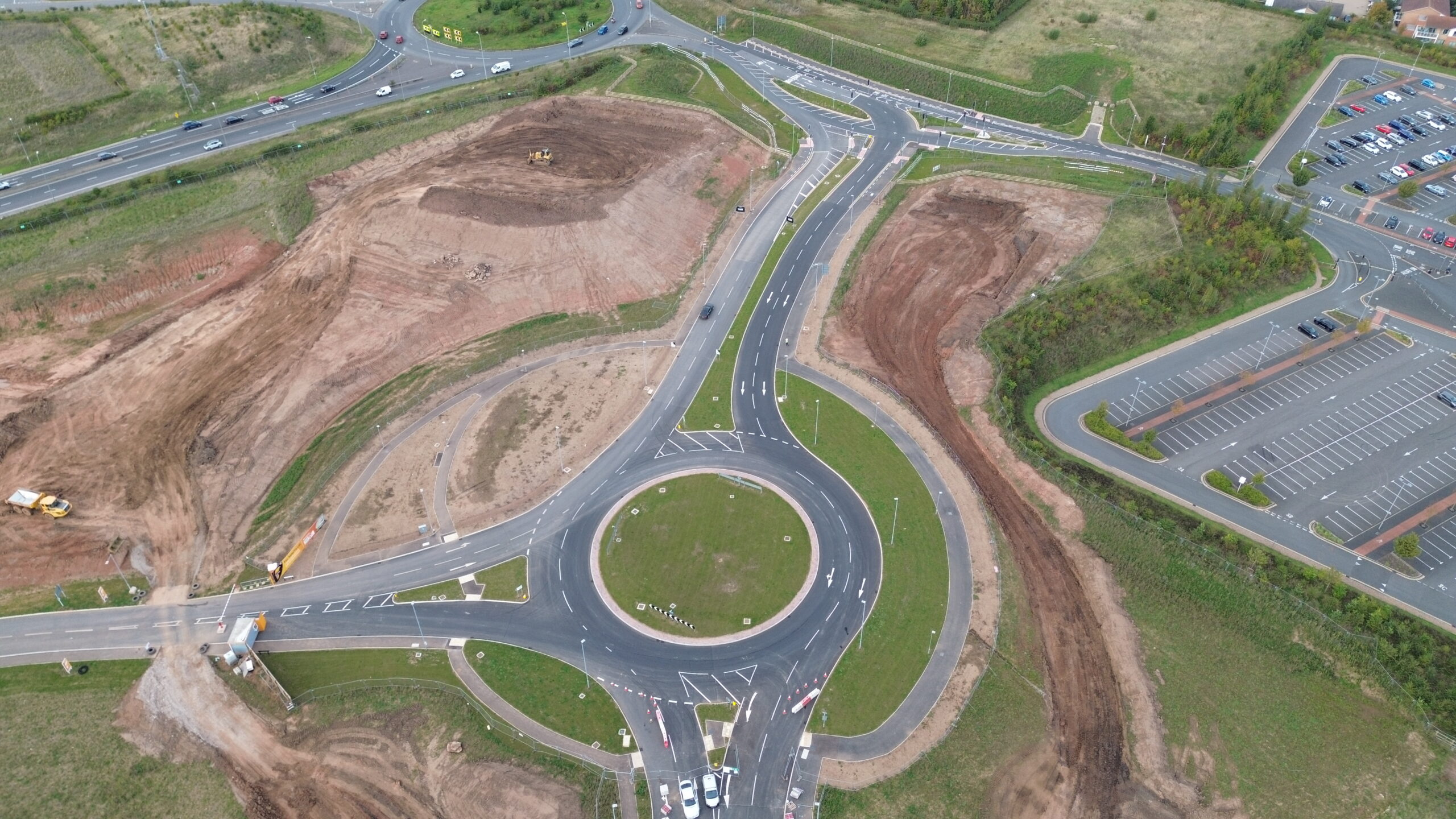
We are of course aware that no Client or Project Manager welcomes the receipt of Early Warning Notices (EWN). We are also aware that unfortunately they are an inevitable fact of our industry as “Change / Variations” will always occur, but if EWNs are managed well, then they can be a catalyst to improve Contractor / Client / Project Manager relationships as well as encourage continued Collaboration and act as a proactive problem-solving forum between the Project Stakeholders as works proceed.
So, the question is, how can we navigate this process to ensure that Early Warning Notices do not become divisive but rather assist the Project as a whole, in both Commercial and Programming terms.
The term Early Warning Notices generally emanated from the introduction of the NEC 3/4 suite of Contracts, but I believe this system of notification should be adopted for all forms of Contracts even if no formal process exists within them.
Over the decades I believe the correct approach to ensure this occurs is detailed below – this approach generally matches that adopted by HM armed forces which is (a) Identify the problem (b) review the impact of the problem (c) analyse different options (d) agree which option is the most preferred and (e) propose the outcome to all Stakeholders to agree what option is be actioned:
Key action – in advance:
- Thoroughly understand the risks agreed within the Executed Contract as well as the protocols and timetables detailed within the Contract T&Cs, Core clauses, Contract amendments and Risk Register, if included. Core Clause 16 of the NEC 3 & Clause 15 of the NEC 4 Contract should be referred to for general protocol as well as the notification process detailed within Clauses 2.23 & 2.24 of the JCT Forms of Contract (not forgetting any T&C amendments thereto of course) if applicable.
Key actions – following the identification of a “potential issue”:
- Although it is critical that the process detailed in item 1 is adhered to, irrespective of the protocols detailed therein the following approach should in my opinion, always be adopted when a “Change / Variation” occurs:
- Raise an Early Warning Notices as soon as a “potential issue” arises or becomes apparent – the Project Manager should be encouraged to do the same, if applicable.
Potential issues may include for example:
- Changes to the Works information including design.
- Encountering unforeseen circumstances and / or conditions.
- The addition of unforeseen constraints.
- Buildability / Compliance issues.
- Delays to the Contract (enforced or not enforced) including key dates and Budget over runs etc.
The drafted EWN should ALWAYS be written concisely and constructively and detail the following:
As a minimum:
- Early Warning Notices number and Date (numbered sequentially and entered on to a EWN Project register).
- Provide details of the “potential issue” and why it has occurred.
- Why the Contractor / Client believes a “Change / Variation” may have occurred and what clause they rely upon to reach this conclusion.
- Estimates of cost if mitigation measures are not implemented.
- Be compliant with Contract T&Cs.
Recommended additional inclusions within the Early Warning Notices pro-forma – section to be included within the EWN:
- THIS ACTION IS KEY i.e. offer “Alternative Options and Mitigation measures to be considered by all parties”.
In order, to encourage dialogue and ensure a “collaborative” joint decision is reached between all Stakeholders regarding over coming any “potential issue” then I suggest a section be added into the Early Warning Notices notice detailing all mitigation measures and options that may be possible, in order to reduce the impact of the issue if it arises. These should include:
- The Cost and Impact of the issue if no mitigation measures are put in place plus add:
- Options available – Consider and detail alternative mitigation measures / options that could be considered to reduce its impact, these may include:
- Design changes including re-routing proposed infrastructure or altering Specifications and non-critical End Performance Criteria, if necessary.
- Changes in sequencing of working to try to ensure the “potential issue” does not lie on the Critical Path – Including possibly agree revised hand overs / sectional completion dates?
- Increase resources and / or acceleration.
- Changing work Techniques.
- Changes to non-critical works that may assist.
These alternative options should be accompanied by draft costs and programme impacts, if possible.
1.“Contractor Recommendation”
The Contractor should detail which option / mitigation measure he considers to be the most favourable and why.
2. “Client Recommendation”
The Client / PM should be encouraged to detail which option they prefer (possibly before the Risk reduction meeting taking place).
3. “Request to attend an Early warning meeting”.
The Contractor should detail a convenient date / venue for a Risk Reduction meeting between all stakeholders to take place – this should be at the earliest possible date.
4. Convene a Risk Reduction meeting shortly after the EWN has been raised where all options are discussed and considered and hopefully agree upon the optimum solution.
All Stakeholders holders (including design consultants etc) should attend, and the Contractor should prepare if possible or if applicable, a Power Point presentation of all the potential mitigation measures (with estimated costs) available.
Items 2 (b), (1) in my opinion are critical in achieving the optimum solution to overcome any potential issues detailed within the EWN and ensure all Stakeholders are involved in the final decision / solution. This will assist in Final Account agreement also.
By Lance Gudger, Director at O’Brien Contractors Limited
Click to find out more about our construction offerings.

